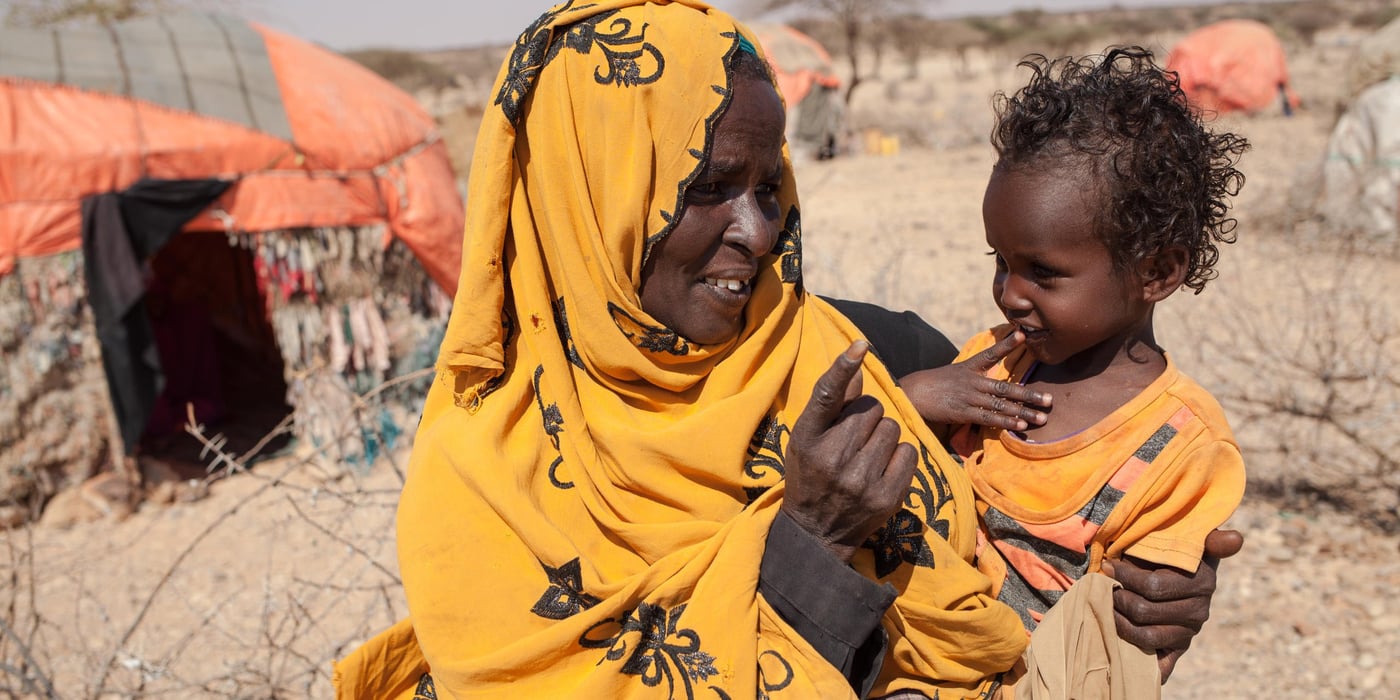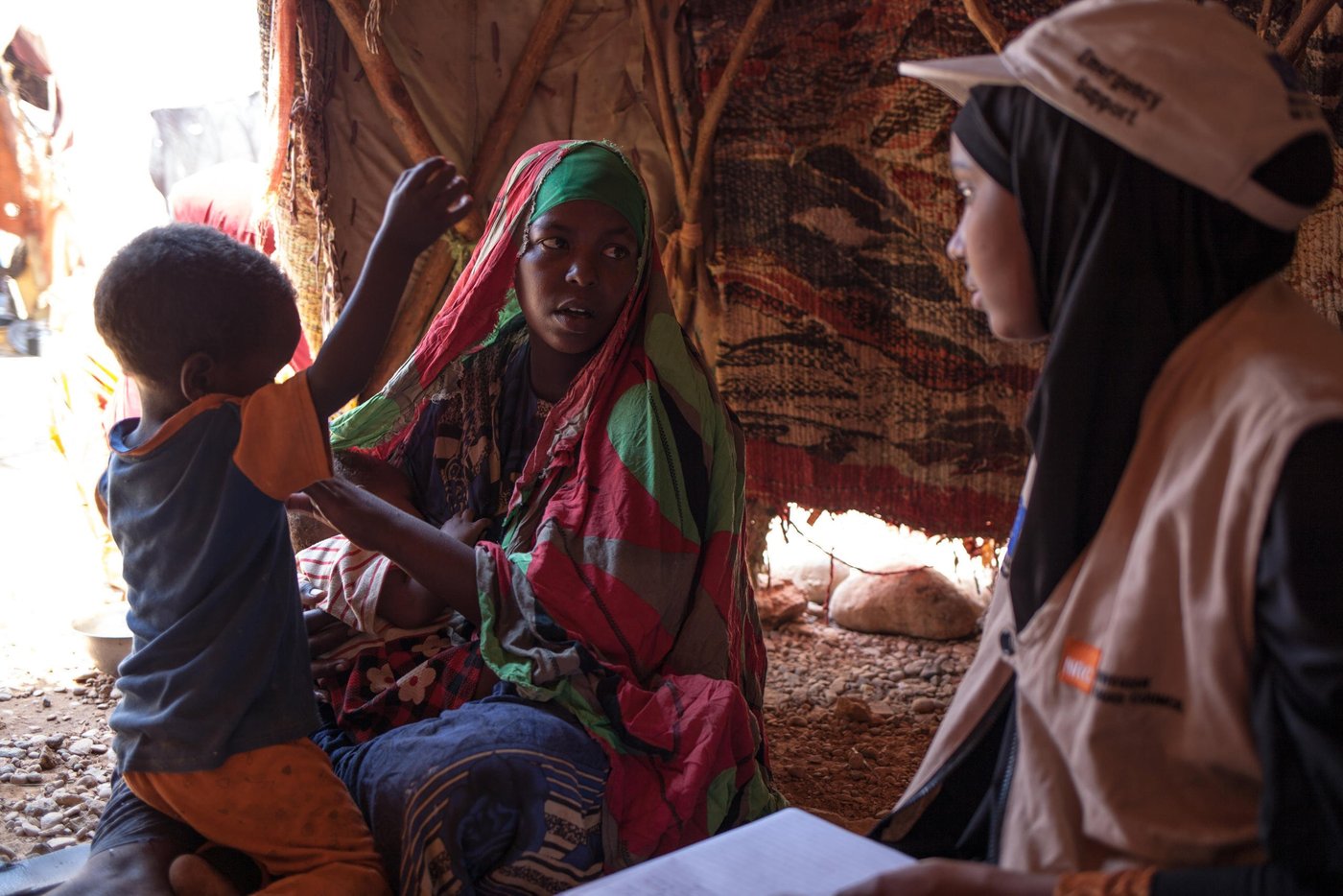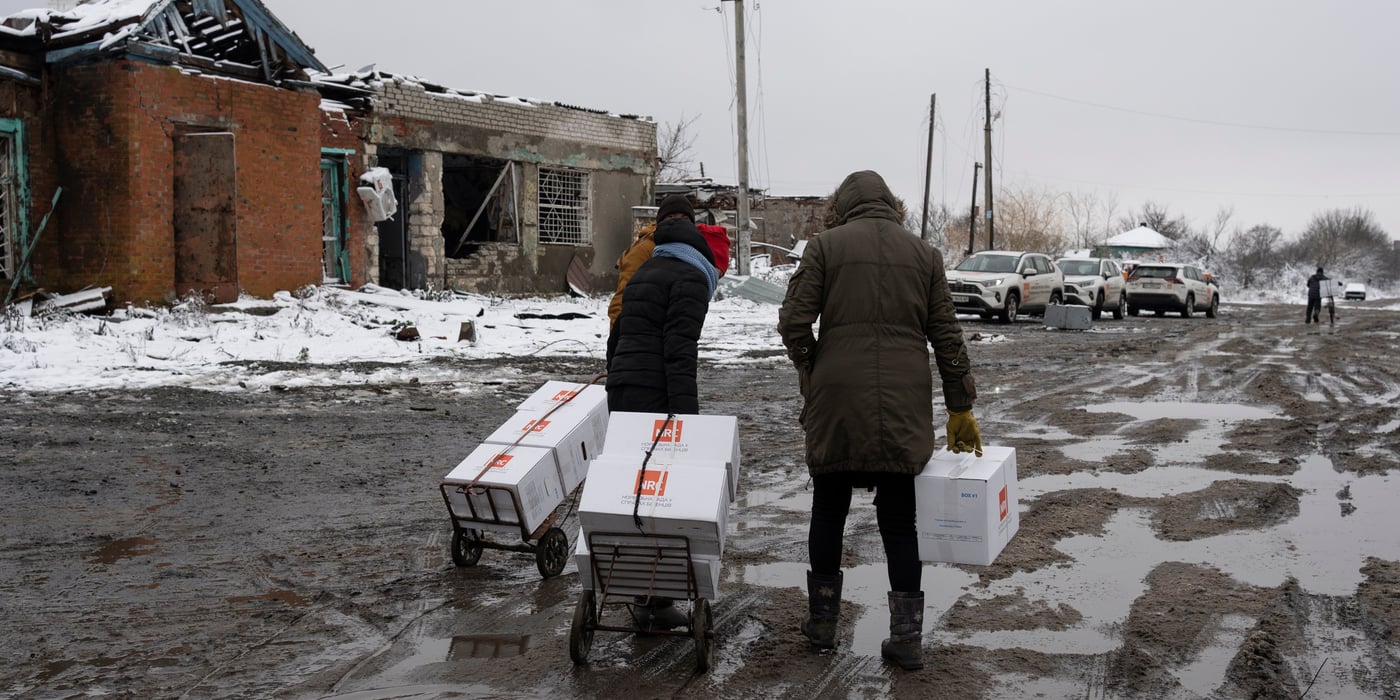
When political leaders meet in London for a conference on Somalia on Thursday 11 May, the key question must be what they can do to help avert a famine now and in the future.
See also: Four things that could tip Somalia into famine
Somalia is experiencing its worst drought in 20 years, following two consecutive seasons of poor rainfall. If the April to June rain season performs poorly and humanitarian assistance is unable to reach people in need, famine will be the most likely result.
“The crisis is lining up dangerously close to conditions witnessed before the 2011 famine. To save their families from hunger, 680,000 people have abandoned their homes in search of water and food and are displaced inside Somalia, and some people are now starting to flee the country,” said Moses.
The famine which hit Somalia in 2011, claimed 260,000 lives and displaced hundred thousands of people, causing massive suffering and disruption of livelihoods.
Without help, I cannot guarantee we would all be alive today.Halwo Mire Abdiwahad (60) Somali woman.
Malnutrition
“Everything was lost during the drought. No more pasture, no more animals, no more food” says Halwo Mire Abdiwahad, a 60 year old Somali woman.
She walked for two days to get to Shimbirale village in Somaliland with her family of 11 children and grand-children. Now she is receiving money transfers from the Norwegian Refugee Council, enabling her to put food of the table twice a day.
“Without help, I cannot guarantee we would all be alive today,” she says.
The current drought has already thrown 2.9 million people in Somalia into a food crisis. 1,4 million children are expected to be in need treatment for acute malnutrition this year. Hunger, lack of clean drinking water and diseases are every day claiming more lives.
Amma Shire, a divorced mother of four, has gone through all parents’ worst nightmare. In March, her youngest child, Abdirahman, died from malnutrition. He was just 6 months old.
“We lack support for food and water, but also for health care for my children. It worries me a lot when they are sick and I cannot see a doctor, nor buy medication,” she says.

Build resilience
Available donor funding has allowed NRC and other humanitarian actors to scale up quickly. Still the assistance is far from sufficient to cover the humanitarian needs for the coming months and the conflict is making it hard to access people in some of the areas that are worst affected by the drought.
“There is an urgent need for a massive scale up of humanitarian assistance and for better access to the worst drought-affected areas. Peace and reconciliation are hugely important for Somalia’s future, but political leaders should also discuss how they can use their influence today to make sure aid gets to where it’s needed most to avert famine,” says Moses.
In addition, he stresses the need for Somalia and its partners to invest in building people’s resilience in the long term.
“Somalia has been through recurring droughts and each time families are left more vulnerable, as the crisis is claiming their assets and livelihood. We should not only support Somalia and its people with the bare minimum to survive today’s crisis, but also with the resources and strength to overcome the droughts of tomorrow,” he adds.



